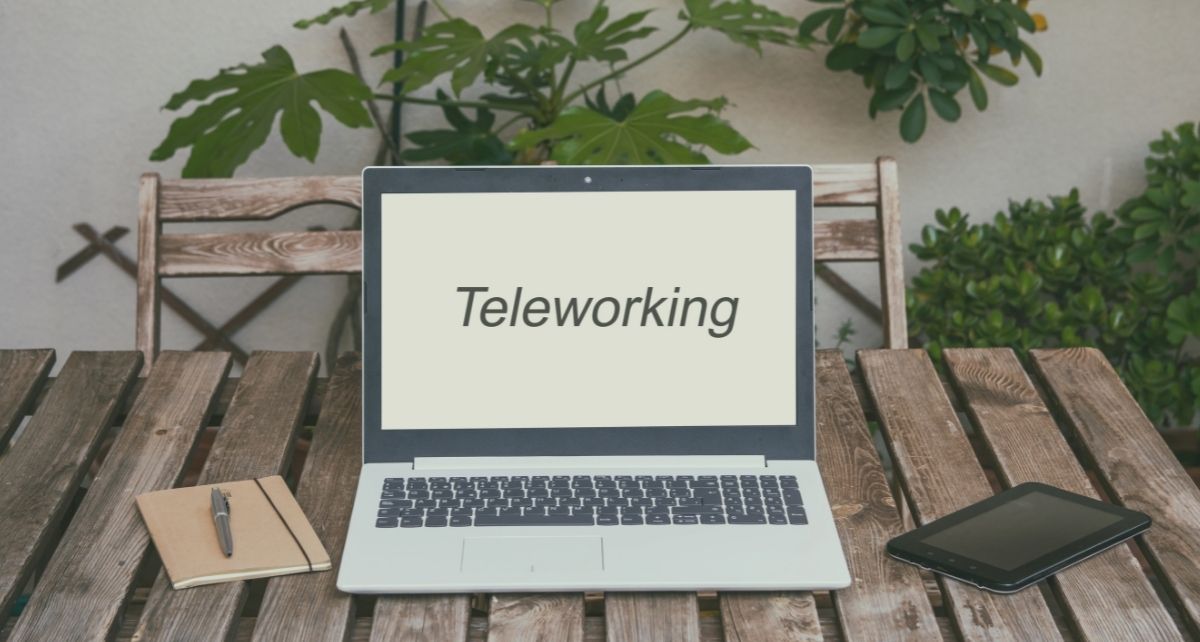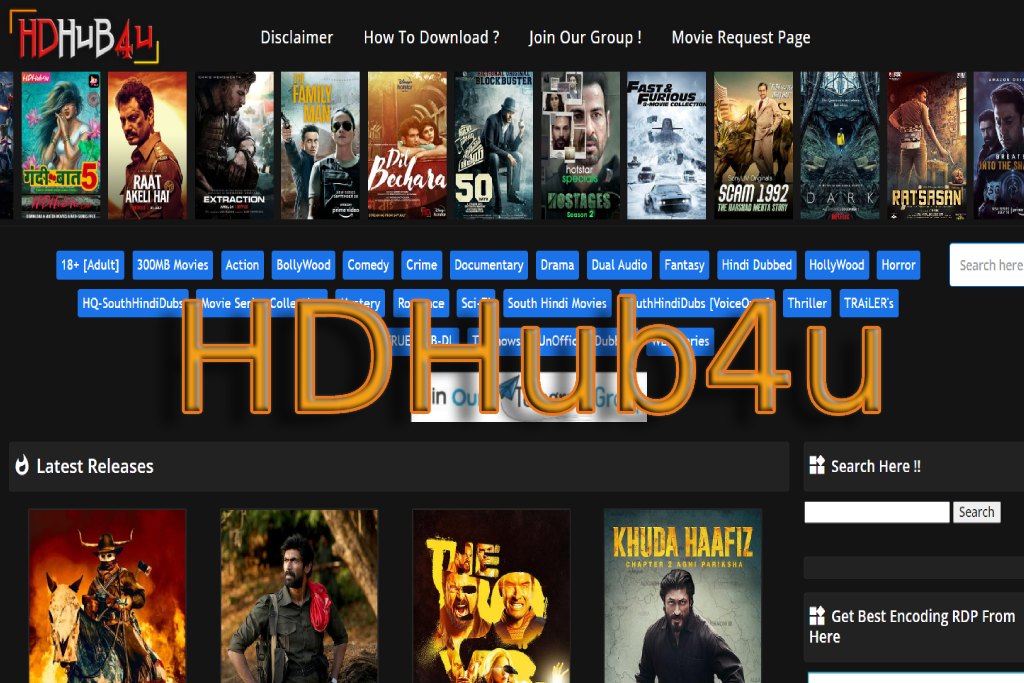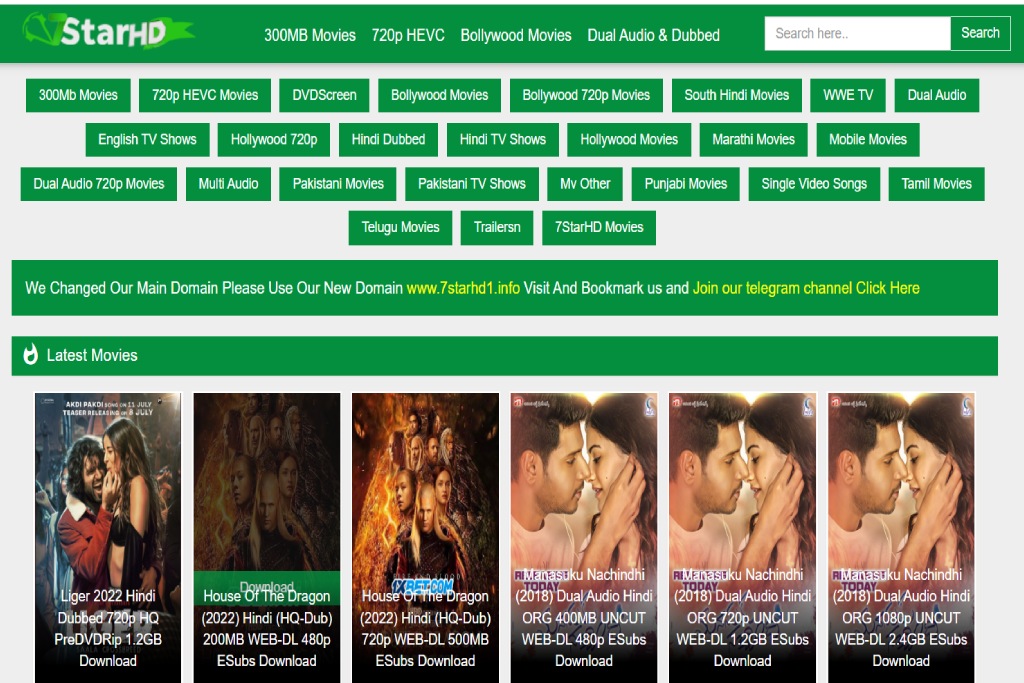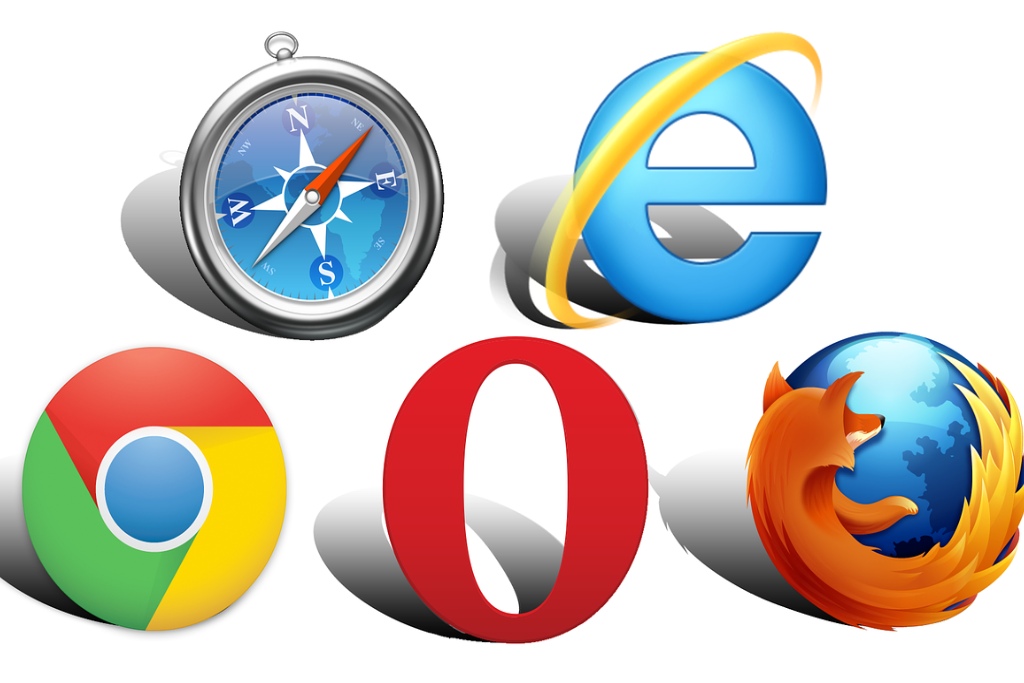Teleworking After COVID, Real Or Circumstantial?

By dint of being original, I am not going to review the impact that Covid has had on everything in general, and the progress it has caused on the way of working in companies, and on the way of relating and relating, well, maybe, yes, or at least, in my way.
All kinds of analysts and gurus affirm that the technological advance applied by companies in this period of pandemic is equivalent to years in “normal” working conditions.
It is clear that the best way to apply some type of advance or innovation is to have no alternatives, but it is no less clear that, if positive experiences had not been extracted for all parties, they would already be eradicated or replaced by some other habit. more conventional and according to pre-covid times (bearing in mind that I am writing all this in full expansion of the Omicron variant of Covid).
Table of Contents
First Idea: It Seems That The Covid Has Shown That The Eternal Presence That We Drag Must Be Reviewed
In companies there is a culture of measuring everything, as possible, with the clearest and simplest metric possible. That is why one of the key aspects, when analyzing remote work after the pandemic, will be the measurement of productivity.
Productivity is the key metric to evaluate the performance, not so much of the person, but of the work that is carried out within their job. Thus, it will be necessary to put on the table whether a worker is more productive telecommuting, working in the office, or in intermediate or hybrid situations.
However, we cannot reduce this point to an oversimplification. There is a growing demand to be able to reconcile personal life with work, with factors such as transfers, which in large cities are long and complex; or as the satisfaction rate of the company’s workers, an increasingly important factor in talent retention.
Second Idea: Not Everything Is Measurable In The Relationship With Employees, But We Should Objectify The Elements Of Said Relationship To Find Frameworks That Are As Comparable As Possible When Making Decisions
Another point that has been affected is the framework of the supplier-client relationship and the business development derived from the commercial activity of the companies.
It is evident that the two years of the pandemic have caused the way in which companies develop their business to be reviewed, and we are not talking about the launch of new products or new services. A new relationship and communication framework has been established, more focused on the business, more digital, but also less personal, and it is on this point that we will have to work to catch the good wave and that this relationship is not affected.
The framework in which we operate tends to nurture long-lasting professional relationships, the joint objective, and all of this is based on a fundamental pillar, trust, which is built on the personal supplier-client relationship, and action must be taken on this point .
Third Idea: We Can Find A Much More Dynamic Framework In The Supplier-Client Relationship, Which Will Reduce The Time Dedicated To It Without Harming The Relationship Between The Two
Finally, the setting, the context, the work forum. Every time I talk to people around me, they tell me about their concerns about offices from 2022 onwards. It is clear that there was a very clear trend to reduce office space, converting them into workplaces without a fixed location for many teams and departments, and it is clear that these two years have streamlined and extended that trend, which is nothing more than a consequence of the fact that teleworking is extended to most companies.
Fourth Idea: Dynamic Environments Create Dynamic Spaces. More Interactive, Less Mammoth Offices, With Interrelation Spaces, Rooms Or Collaborative Work Areas In Open Environments
In summary:
- In-person presence in certain sectors is no longer a taboo subject and companies are going to be much more flexible in evolving to mixed face-to-face-teleworking scenarios.
- The metrics help the management of the companies, but they must be accompanied by other elements that help detect the climate and the involvement of the work teams.
- Business development has evolved into an increasingly dynamic, less direct context, but it should not affect trust in the supplier-client relationship.
- Open, dynamic work environments that encourage the interrelationship between workers and departments.
And like these examples, we can find many more regarding situations that have adapted to the conditions marked by the context of the last two years, and from which we must take the positive side when facing them, think assertively and consider everything as an opportunity.
Also Read: Four Trends That Will Mark Connectivity In 2022






